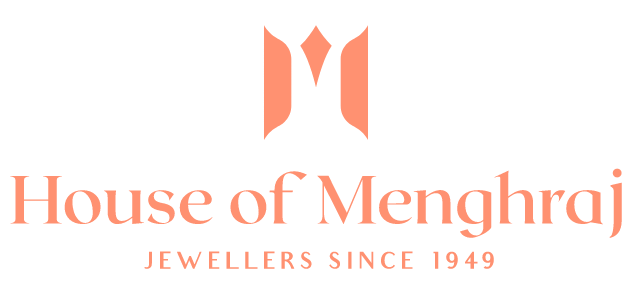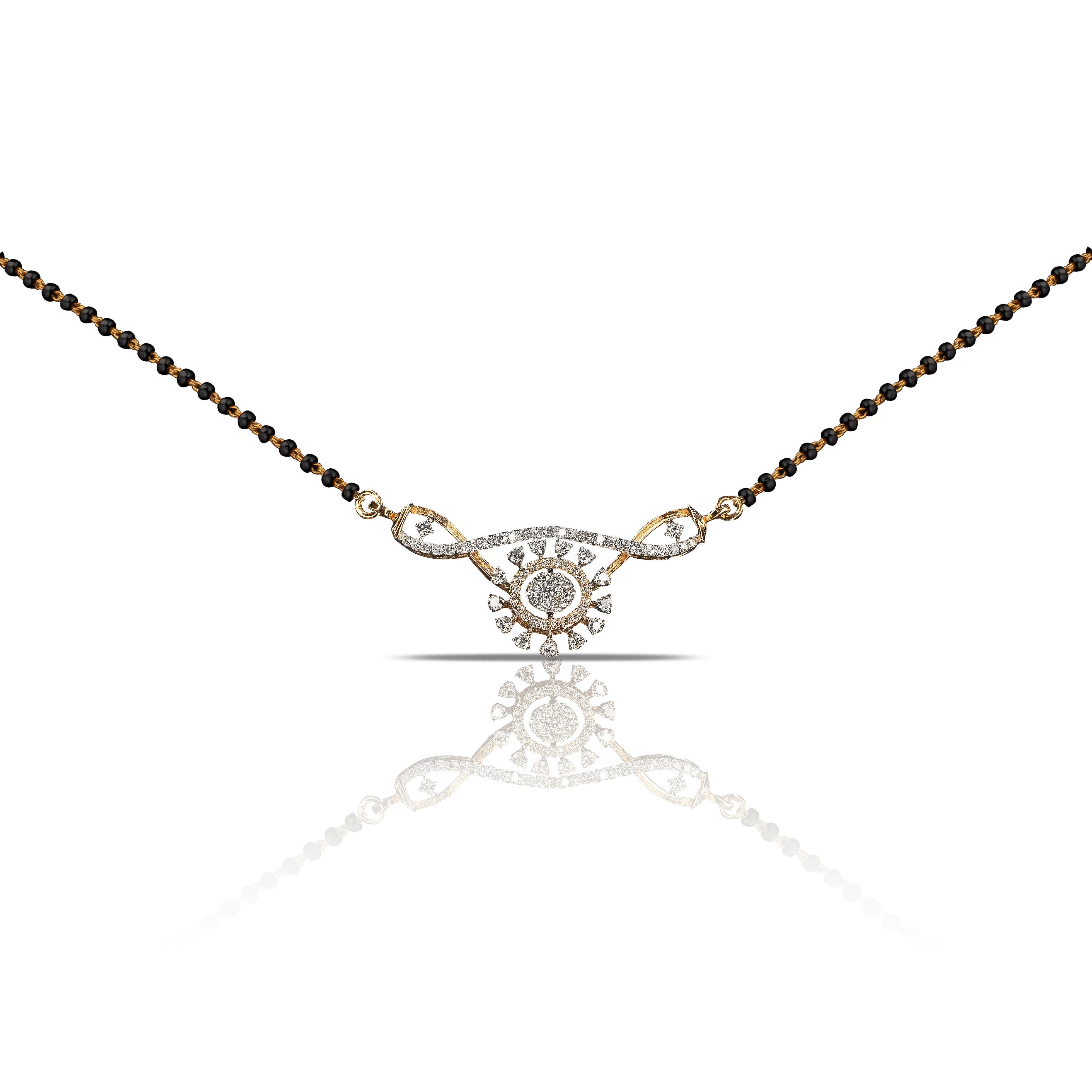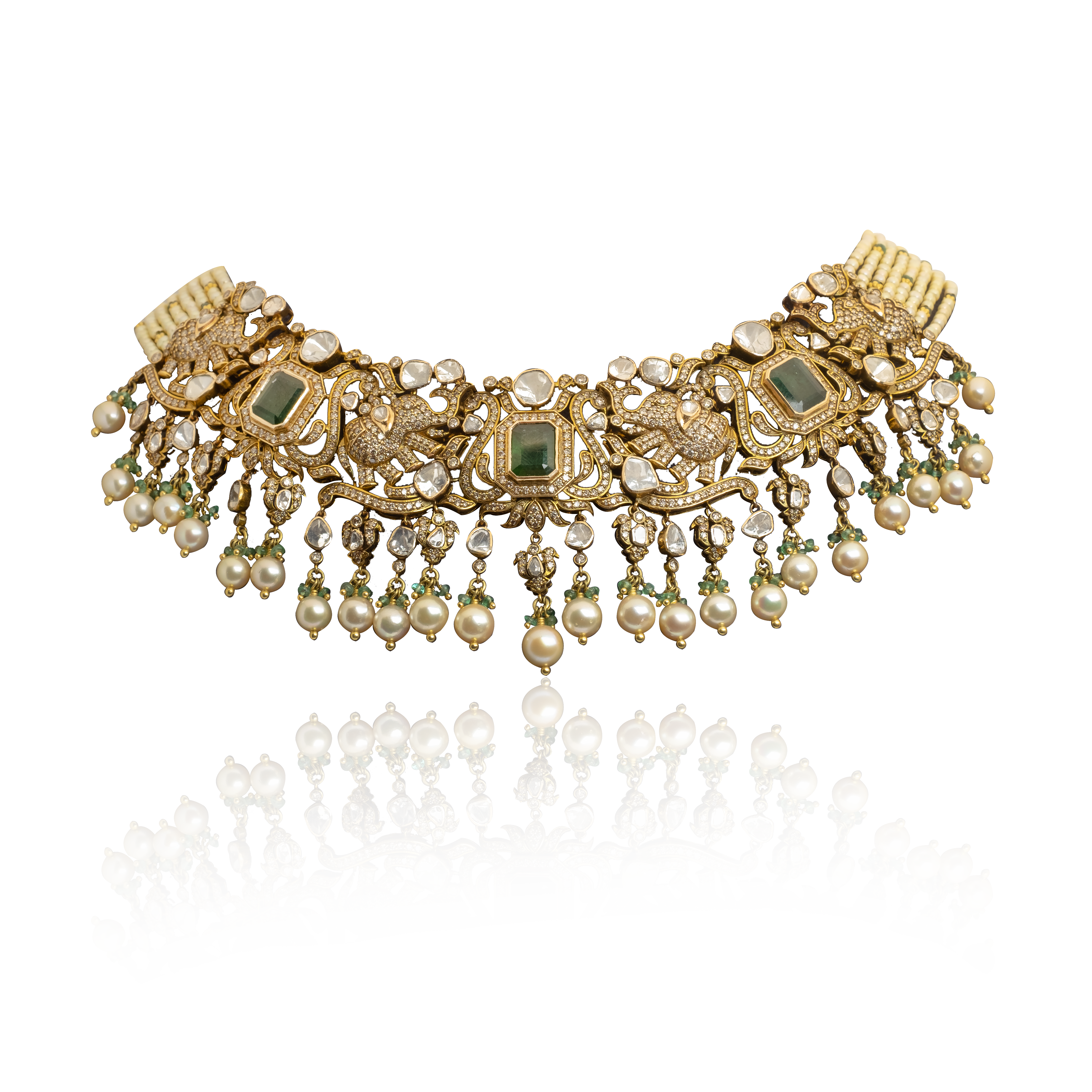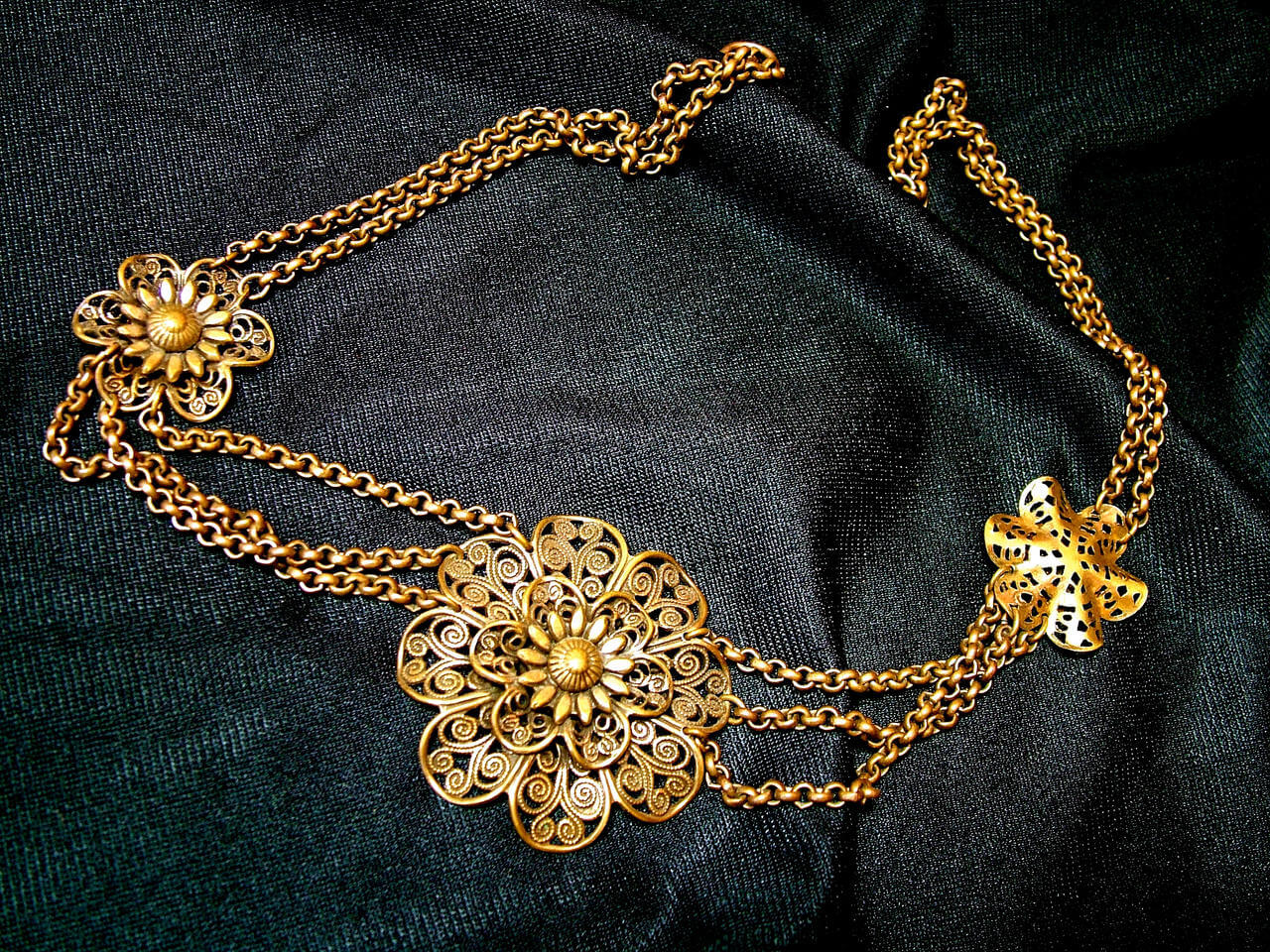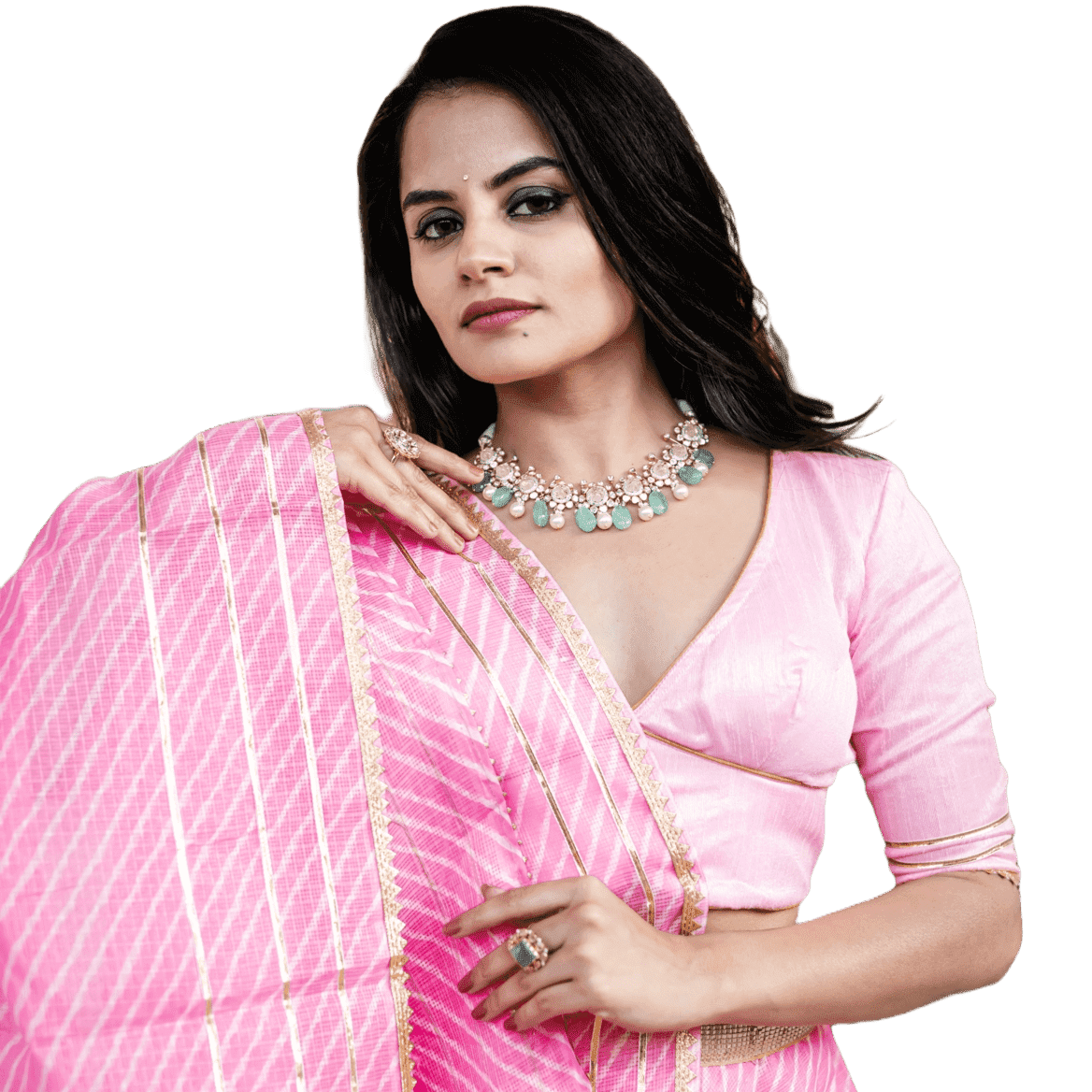When your diamond was found in the earth, either as an alluvial deposit or as rough, it was not the best cut diamond as a shining gem. It was opaque and rough on top. Shape of diamond was not at its best.
A rough, unpolished diamond looks significantly different from a polished diamond cut. Generally, a diamond is not used for jewelry in its rough state.
Have you wondered how the diamond cut got its Wow factor?
The diamond cut affects how light interacts with the stone. A diamond’s brilliance is seen when light hitting the stone is reflected and refracted.
The sparkle you see when you move your fingers around is called brilliance. Brilliance is applied to the arrangement of the reflection of light from the internal facets.
A diamond attracts the wearer through its fire. The height, angle and size of the facets and the number of facets bring out the fire of the diamond. The facets show out how beautiful your diamond would turn out to look.
What does Reflection mean?
If the depth of the diamond is too high or too low, then the light entering it won’t reflect back, but instead it will flow out of the stone. It won’t create a sparkle. As a result, the shine of the too deep or too shallow diamond will not be a desired one.
Doesn’t cut refer to the shape of diamond?
Most people assume that a diamond ‘cut’ and its ‘shape’ are one and the same. However the meanings of the two terms slightly differ. ‘Shape’ refers to the general characteristic of the stone. Whereas ‘Cut’ technically refers to the angles, shapes and proportions of the facets of the stone.
Technically, two diamonds may have similar or identical shapes, but their cuts will be considered different if their facets are arranged or shaped differently.
History of your diamond
Initially, diamonds were simply polished to bring out some sparkle from within. Over the years, cut and new polish techniques evolved to enable more light to reflect and refract from the gem.
In the 14th century, the commonly developed diamond cut was the point cut. The point cut diamond took the shape of a triangular pyramid placed on an inverted triangular pyramid.
But the point cut could not be set in jewelry. And over some years, the culet and table gained shape and importance. They were cut to suit jewelry requirements. Now the jewelry customer complained about the lack of sparkle, fire and brilliance in the diamond.
Nowadays, the same or almost the same diamond cut can be known by different names. This is done in the modern era for branding and marketing reasons to increase the perceived value of the diamond. In historical times, it was most likely for national and regional reasons. We at Menghraj make it easier for our patrons to learn about the diamond while they’re getting prepared to own the rare gemstone. We don’t complicate it with jargons as we believe it is a life long relationship.
In 1476, a master diamond cutter experimented with triangular facets to unleash their sparkle. And, the path to a new shape and form of the diamond was formed. It developed into the rose or antique cut, which had large and open facets that were not symmetrical. There were two reasons for the asymmetry- (a) to preserve the weight (b) hand-cutting techniques.

Eventually, to produce a diamond with extraordinary brilliance, in the 1900’s, a master diamond cutter named Tolkowsky invented better diamond proportions, taking sparkle and fire into consideration.
His efforts and research paved the way for us to witness the modern brilliant cut. Over time, the diamond cut became a standard requirement for diamond cutters to adhere to similar practices and cut grades.

Today, diamonds are not only machine cut to ensure maximum precision, and we grade and value the cut with 5 classifications. Check out our range of Jewellery collections inclusive of Diamonds cut for excellence.
- Excellent
- Very Good
- Good
- Fair
- Poor
Pics: https://commons.wikimedia.org/w/index.php?curid=47209667
Pics: diamond_cut_history.svg, simon-john-mchaffie-unsplash.jpg
